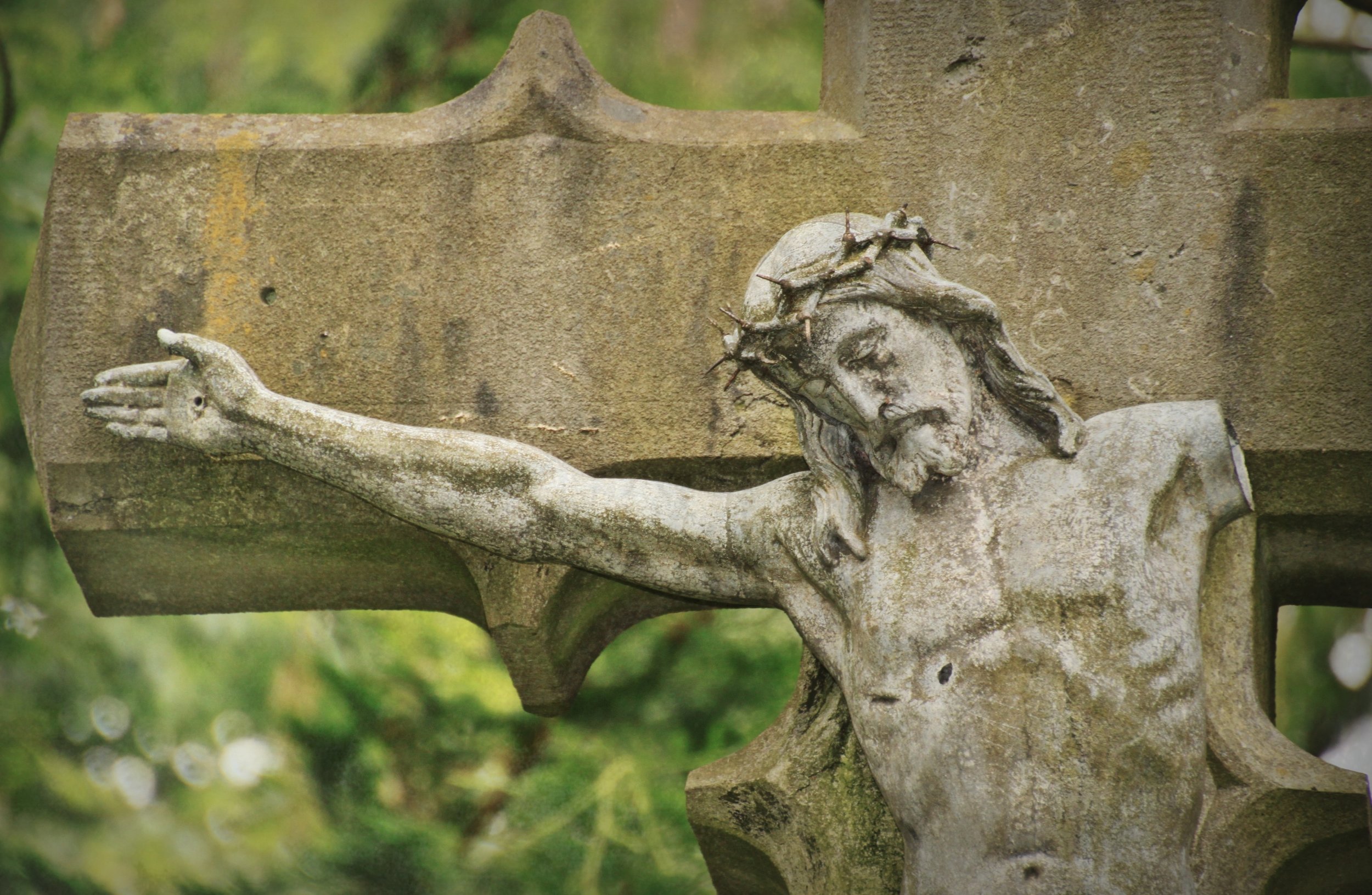Healing Atonement 301
The Meaning of Jesus’ Death
Photograph: Photo credit: Nicepic & Pixabay | Public Domain.
Sources of Atonement Theology: Early Church
We have found fresh and invigorating meaning in how the earliest Christians, called the patristic writers, understood Jesus: Through his faithful life and death, Jesus triumphed over the corruption of sin in human nature; through his resurrection, Jesus raised up a cleansed, purified, new humanity which he shares with us by his Spirit.
As Irenaeus, bishop of Lyons (c.130 - 202 AD), said,
“Man, who had sin in himself … was liable to death … It behooved Him who was to destroy sin, and redeem man under the power of death, that He should Himself be made ... man ... so that sin should be destroyed by man, and man should go forth from death.”
And as Athanasius, bishop of Alexandria (c.298 - 373 AD), said,
“The Lord was especially concerned for the resurrection of the body which He was set to accomplish... having effected the blotting out of the corruption.”
Rediscover early Christian thought with us. Here’s one very practical reason why it matters:
These resources explore the foundation of “Medical Substitution” as the best understanding of the Bible, and the original understanding of the church. There are also links to books, web articles, etc. from representatives of the three broad Christian traditions.
Revisit Atonement 201
See the Atonement 201 page to revisit atonement in biblical interpretation.
Revisit Atonement 101
See the Atonement 101 page to revisit how atonement influences and shapes ministry in practical ways.





